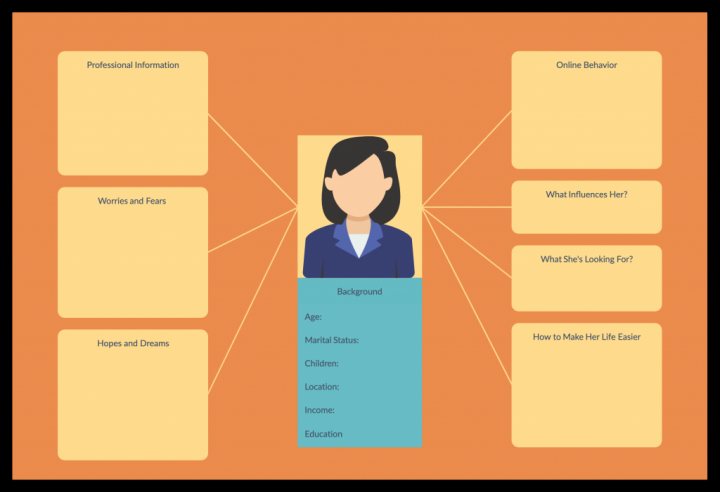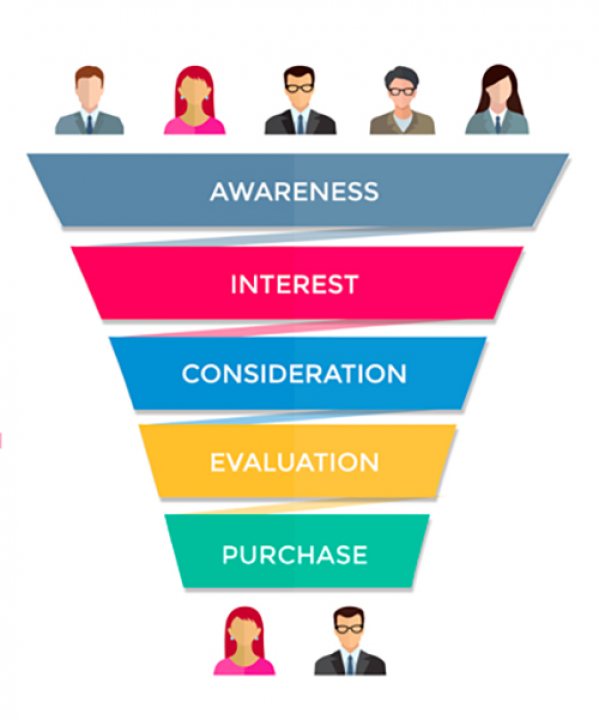
Customer is everything in marketing, they are the focus when mapping out your marketing strategy. This is why you need to consider what is known as customer journey mapping. What is customer journey mapping? This is a process of envisioning the way customers are likely to interact with your brand by mapping actions that will lead them to achieve a desired goal.
It involves customer motivation and key events while in contact with your brand. The combination of all these information can be used to visualise a customer’s experience with your brand.
When you grasp the relationship your customers have with your brand, you will be able to create a more effective and satisfying experience for your customers.
A customer journey map creates a visual image of the process your customer takes from one touchpoint to the next touchpoint till they have reached their desired destination. If they do not, you have to think of a strategy that helps them do so.
Speaking further, we have listed steps on how you can build your customer journey map;
1. Set clear objectives for your customer journey map.
Before you set out to make your customer journey map, sit back and reflect on why you are making one in the first place. Who is it targeted towards? What goals do you hope to achieve?
With all these in mind, you may need to consider creating a buyer personer. They would reflect the demographics and psychographics of your average customer. This will help you have a mental picture of your customers and how to direct every touchpoint of your journey map towards your customer.
2. Conduct customer research.
The next thing you want to do is to conduct customer research. This can be achieved through user testing or through the use of questionnaires. However, you should ensure that you reach out to real prospective and existing customers.
You want to hear from people that actually have an interest in your product or service or existing customers. Some questions we feel should be at the top of your list include;
-
How did you hear about our company?
-
What are the goals you want to achieve with our company? In other words, what problems are you trying to solve?
-
Have you ever made a purchase with us?
-
Have you ever interacted with our website with the intent of making a purchase but decided not to? If so, what led you to this decision?
-
On a scale of 1 to 10, how easy is it for you to navigate our website?
-
Is there any way that we can further support you to make your process easier?

3. Highlight your target customer personas.
Once you have gathered enough information about the different types of customers that interact with your business you would need to pinpoint your ideal customer amongst all of them. The whole essence of creating a customer journey map is to understand how one customer interacts with your brand. Grouping too many personas at a time may not give you the best results.
When creating your first map, it is advisable to select a common customer persona and think of the pattern they would follow while engaging with your brand for the first time. 
4. Map out the buyer’s journey
It is essential that you understand the stages your buyers go through while interacting with your brand. This helps you provide a better experience for your prospective clients. The three stages of a buyer’s journey include:
The awareness stage which reflects on the challenges buyers are facing. You should ask yourself questions like: How does the buyer view these challenges? How do you deal with these challenges and is it a deal breaker for the buyer? Will there be any consequences if the buyer does not deal with these challenges?
The consideration stage where buyers are on the lookout for ways to resolve the challenges at hand. At this stage you should consider the following questions. What options are available for the buyer? How do they locate these options available to them?
The decision stage: At this stage, buyers have concluded on a solution and are on the lookout for a brand that offers the solution they are looking for. At this stage, you should ask the following questions: Who are the stakeholders in this decision? What is the deciding factor for buyers? 
5. Take the customer journey yourself.
Looking at things from a customer's point of view is very important. Taking the customer’s journey is a key process in creating a customer journey map. You should be able to answer questions like How can you better support customers? How frequently do people make a purchase after visiting your site? Does your website help solve the problem that brought them to you in the first place?
After completing the customer journey yourself, you will be able to know if your approach actually solves customers problems or there are areas that need improvement. The result you get helps you work on providing your customers with a better experience. It also helps you position your brand as the solution to people's specific problem.
6. Make the necessary changes.
Before you kick off your customer journey map, ensure that you conduct a data analysis. After testing out your customer journey map, make necessary adjustments where necessary. These changes will help improve the experience of customers with your brand.
Ensure that you pay attention to customers' pain points rather than making adjustments for the sake of it. Importantly use all that you have gathered from your research. Also ensure that you constantly review your customer journey map.
Closing Remark
Meeting customers needs are the main reason why you are in business and as such, you want to ensure that you offer solutions to these needs. Help customers have a better experience with your brand by ensuring that you understand their need and guiding them to the perfect solution to that need.
Request A Call Back
Ever find yourself stirring at your computer screen and a good media slogan to come to mind? Oftentimes.





